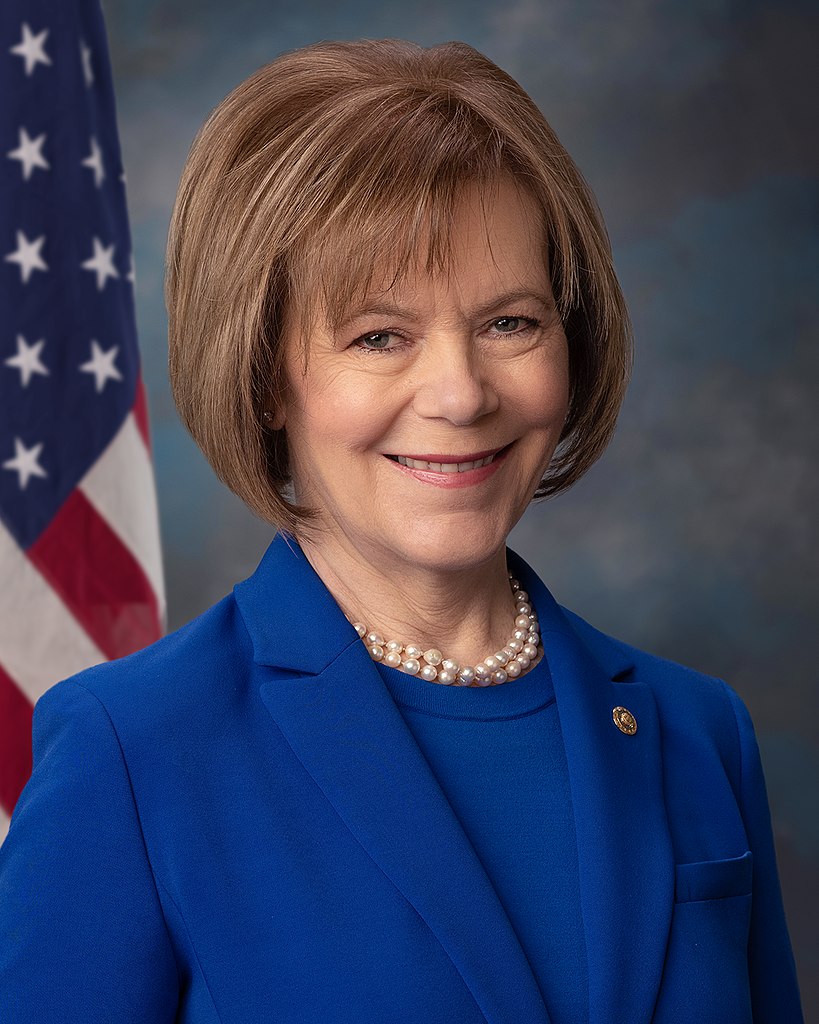Democratic lawmakers in both the U.S. House of Representatives and the Senate have introduced a new bill into both chambers with a stated goal of constructing and preserving affordable housing. They also seek to create a new national housing development authority to provide an “alternative to a market dominated by corporations and investors with deep pockets,” according to a description of the bill provided to HousingWire.
Spearheaded by Democratic Rep. Alexandria Ocasio-Cortez (N.Y.) and Sen. Tina Smith (Minn.), the Homes Act of 2024 seeks to add a new division to the U.S. Department of Housing and Urban Development (HUD), which would take a more active role in pursuing expanded access to affordable housing and bolstering inventory across the country, as an ongoing shortage keeps home prices elevated.
Provisions of the bill

The bill “would establish a housing development authority within [HUD] to function as a public bank and developer that will build millions of permanently affordable homes, stabilize rents and provide more homeownership opportunities,” according to its description. “The authority will focus on renters and homebuyers, giving Americans the freedom and opportunity to build the life they want.”
Reporting from Bloomberg placed the annual appropriations figure for the proposed authority and other measures of the bill at $30 billion.
The bill also aims to offer “flexible options” designed to meet the needs of specific communities in urban, suburban, rural and tribal settings nationwide.
The proposed housing development authority within HUD would “acquire and develop real estate to create and maintain a stock of permanent, sustainable, affordable housing, including single- and multi-family housing, with robust tenant protections,” the bill reads.
It would also give local communities more power to finance real estate acquisitions or convey property to existing public housing authorities or “mission-driven nonprofits, tenant- or resident-owned cooperatives, state or local governments, and community land trusts.” And it would require the new authority to set aside 40% of inventory to address the housing needs of “extremely-low income households,” with another 30% of inventory going to low-income households.

The bill would cap rents for units financed by the act at 25% of a household’s adjusted gross income, with restrictions on rent increase parameters. And it would allow “residents to purchase homes under shared equity models and provid[e] relief to mortgage borrowers at risk of foreclosure due to market instability or economic distress.”
The bill would seek to provide protections for the labor force taking part in the construction of units stemming from the act. And it would aim to allow prospective tenants of the buildings to purchase units before giving developers the opportunity.
The language of the proposal also addresses a need for embedding climate resilience into any housing that is either constructed or preserved. It would seek to “provide housing for those seeking relocation from climate and extreme weather events,” the bill stated.
In an opinion piece published by the New York Times written by Ocasio-Cortez and Smith, the pair says that their vision of a new federal housing authority is focused on day-to-day costs for residents as opposed to “maximizing profit or returns to shareholders.”
“Homes would be set aside for lower-income families in mixed-income buildings and communities,” they wrote. “And every home would be built to modern, efficient standards, which would cut residents’ utility costs. Renters wouldn’t have to worry about the prospect of a big corporation buying up the building and evicting everyone. Some could even come together to purchase their buildings outright.”
Faircloth repeal
Finally, if enacted, the bill would seek to provide funding for a backlog of improvements to existing public housing that is deemed necessary. It would repeal the Faircloth Amendment, a provision of the 1998 Quality Housing and Work Responsibility Act (QHWRA) that was signed into law by President Bill Clinton.
That amendment codified an update to the Housing Act of 1937, which imposed limitations on the number of affordable housing units the government could build. It has prevented any net increase in public housing stock from the number of units maintained by the government as of Oct. 1, 1999, requiring public housing agencies to either remove units or consolidate existing ones to limit the number of units the government has on its books.
An enduring priority for housing advocates, the National Coalition for the Homeless has long advocated for the amendment’s repeal.
“Simply put, the Faircloth Amendment sets a cap on the number of units any public housing authority (PHA) could own and operate, effectively halting new construction of public housing,” the coalition said on its website. “This prevents policymakers from using a vital tool, building more permanent affordable housing, to address our nation’s growing housing and homelessness crisis.”
The amendment is a product of the welfare reform movement of the early 1990s, which received significant attention due to statements from Clinton during his 1992 presidential campaign, as well as significant legislative work from the White House once he was elected.
“Passed in 1998, with the support of both parties, the amendment helped entrench a cycle of stigmatization and disinvestment,” the pair wrote in their op-ed for the Times. “Our legislation would reinvest federal money in local public housing authorities to fund the backlog of much-needed repairs.”
Likelihood of passage
As with most ambitious legislative goals during an election year, the path forward for this bill is full of obstacles.
In addition to the fact that no Republicans have offered initial support based on current information, the House is currently embroiled in a battle over government funding that could result in a shutdown if a funding bill is not passed by Congress and signed into law by President Joe Biden by Oct. 1.
There may be a path forward for a bill like this depending on the outcome of the November general election, but many of these races — including the battle between Kamala Harris and Donald Trump — are extremely close.




